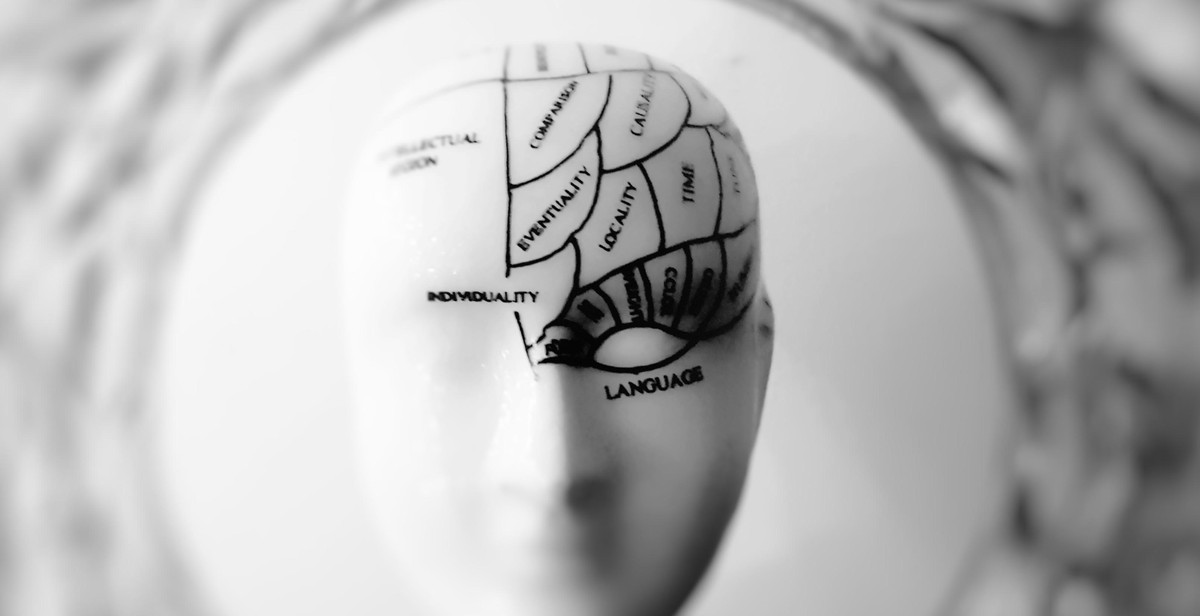Exploring Lucid Dreaming: Can We Control Our Dreams?
Have you ever had a dream where you knew you were dreaming? A dream where you had the ability to control your actions and surroundings? This phenomenon is known as lucid dreaming. Lucid dreaming is a state of consciousness where the dreamer is aware that they are dreaming and can actively participate in the dream.
Lucid dreaming has been a topic of interest for centuries, with reports dating back to ancient Greek and Buddhist texts. However, it wasn’t until the 1970s that lucid dreaming was scientifically validated and studied.
The Science Behind Lucid Dreaming
Lucid dreaming occurs during the rapid eye movement (REM) stage of sleep. During this stage, the brain is highly active, and the body is essentially paralyzed to prevent acting out dreams. However, in lucid dreaming, the dreamer’s brain is able to recognize the dream state and override the paralysis, allowing for conscious control of the dream.
Studies have shown that lucid dreaming can have a range of benefits, including improved problem-solving skills, reduced anxiety, and increased creativity.
Exploring Lucid Dreaming
As a professional article writer and content creator, I have had personal experience with lucid dreaming and have explored various techniques for inducing and controlling lucid dreams. In this article, I will share my insights and knowledge on the topic, including the science behind lucid dreaming, techniques for inducing lucid dreams, and tips for controlling and prolonging lucid dreams.

What is Lucid Dreaming?
Lucid dreaming is a state of consciousness in which a person is aware that they are dreaming and can control the content of their dreams. In other words, it is the ability to realize that you are dreaming while you are still in the dream state.
Definition of Lucid Dreaming
Lucid dreaming is a term coined by Frederik van Eeden in 1913. It is derived from the Latin word “lucidus,” which means “clear.” A lucid dream is a dream in which the dreamer is aware that they are dreaming. This awareness allows the dreamer to control their dreams and explore their subconscious mind.
How Does Lucid Dreaming Work?
Lucid dreaming occurs during the rapid eye movement (REM) stage of sleep. During this stage, the brain is highly active, and the body is in a state of paralysis to prevent the dreamer from acting out their dreams. In a lucid dream, the dreamer’s brain becomes aware that they are dreaming and can override the paralysis, allowing them to control their dreams.
Lucid dreaming can be induced through various techniques, such as reality testing, dream journaling, and meditation. These practices help the dreamer become more aware of their dreams and increase their chances of having a lucid dream.
Lucid dreaming has been studied extensively by scientists and researchers, and it has been found to have numerous benefits. It can help improve creativity, problem-solving skills, and emotional well-being. It can also be used as a tool for therapy and self-discovery.
Overall, lucid dreaming is a fascinating and mysterious phenomenon that offers endless possibilities for exploring the inner workings of the mind.

Can We Control Our Dreams?
Lucid dreaming is a fascinating subject that has been studied extensively in the field of psychology. It is a type of dream where the dreamer is aware that they are dreaming and may even be able to control the events that occur in the dream.
The Science Behind Lucid Dreaming
Research has shown that lucid dreaming occurs during the Rapid Eye Movement (REM) stage of sleep, which is when the brain is most active. During this stage, the prefrontal cortex, which is responsible for decision-making and self-awareness, becomes more active. This increased activity allows the dreamer to become aware of their dreaming state and take control of their dreams.
Techniques to Induce Lucid Dreams
There are several techniques that can be used to induce lucid dreams. One popular technique is reality testing, where the dreamer checks if they are dreaming by performing a reality check in waking life. This could be looking at a clock, then looking away and then looking back at the clock. In a dream, the time on the clock would change or not make sense, indicating that the dreamer is in a dream state.
Another technique is called wake-back-to-bed, where the dreamer wakes up after a few hours of sleep and then goes back to sleep while focusing on the intention to have a lucid dream. This technique takes advantage of the fact that REM sleep occurs more frequently in the later stages of sleep.
Tips for Controlling Lucid Dreams
Once a dreamer is aware that they are in a dream state, they can begin to control their dreams. One technique is visualization, where the dreamer can visualize a desired outcome or scenario in the dream. Another technique is to use affirmations or commands, where the dreamer tells themselves what they want to happen in the dream.
It is important to note that controlling lucid dreams takes practice and may not be successful every time. However, with patience and persistence, anyone can learn to control their dreams and experience the incredible world of lucid dreaming.

Benefits of Lucid Dreaming
Lucid dreaming, the ability to control and manipulate your dreams, has numerous benefits for our mental and physical health. Here are some of the most significant benefits:
Improving Creativity and Problem Solving
Lucid dreaming can enhance our creativity and problem-solving abilities by allowing us to explore new ideas and scenarios without the limitations of reality. When we are aware that we are dreaming, we can experiment with different approaches to challenges and come up with unique solutions. Lucid dreaming can also help us tap into our subconscious mind, where many creative ideas and insights reside.
Overcoming Nightmares and Phobias
Lucid dreaming can be a powerful tool for overcoming nightmares and phobias. By becoming aware that we are in a dream, we can confront and overcome our fears in a safe environment. We can also use lucid dreaming to practice coping strategies and desensitize ourselves to the things that scare us.
Enhancing Physical Skills and Performance
Lucid dreaming has been shown to enhance physical skills and performance. Athletes can use lucid dreaming to practice and visualize their techniques, which can improve their muscle memory and overall performance. Lucid dreaming can also be used to overcome mental blocks and increase confidence in performing certain tasks.
| Benefit | Description |
|---|---|
| Reducing Anxiety and Stress | Lucid dreaming can provide a sense of control and relaxation, reducing anxiety and stress levels. |
| Improving Sleep Quality | Lucid dreaming can improve the quality of our sleep by reducing the frequency of nightmares and increasing the amount of time we spend in deep sleep. |
| Boosting Self-Awareness | Lucid dreaming can increase our self-awareness by allowing us to explore our thoughts, emotions, and behaviors in a safe and controlled environment. |
Overall, lucid dreaming can have a significant positive impact on our mental and physical health, and it is a skill that can be learned and practiced over time.

Conclusion
Lucid dreaming is a fascinating and mysterious phenomenon that has captivated the minds of scientists, researchers, and enthusiasts for decades. While the scientific community has yet to fully understand the mechanisms behind lucid dreaming, there is no denying that it is a powerful tool for personal growth and self-discovery.
Through my own personal experiences with lucid dreaming, I have come to appreciate the incredible potential that lies within our dreams. With a little practice and dedication, anyone can learn to lucid dream and harness the power of their subconscious mind.
Whether you are seeking to overcome fears and phobias, explore your creativity, or simply have fun, lucid dreaming is a tool that can help you achieve your goals. By learning to control your dreams, you can unlock a world of infinite possibilities and tap into your full potential as a human being.
Key Takeaways
- Lucid dreaming is a state in which the dreamer is aware that they are dreaming.
- Lucid dreaming can be used to overcome fears and phobias, explore creativity, and have fun.
- With practice and dedication, anyone can learn to lucid dream and harness the power of their subconscious mind.
- Lucid dreaming is a tool that can help you achieve your goals and unlock your full potential as a human being.
Final Thoughts
As we continue to explore the mysteries of lucid dreaming, it is clear that there is still much to be discovered. However, one thing is certain: the power of our dreams is limitless, and by learning to control them, we can unlock our full potential as human beings. So why not give lucid dreaming a try? You never know what you might discover.
